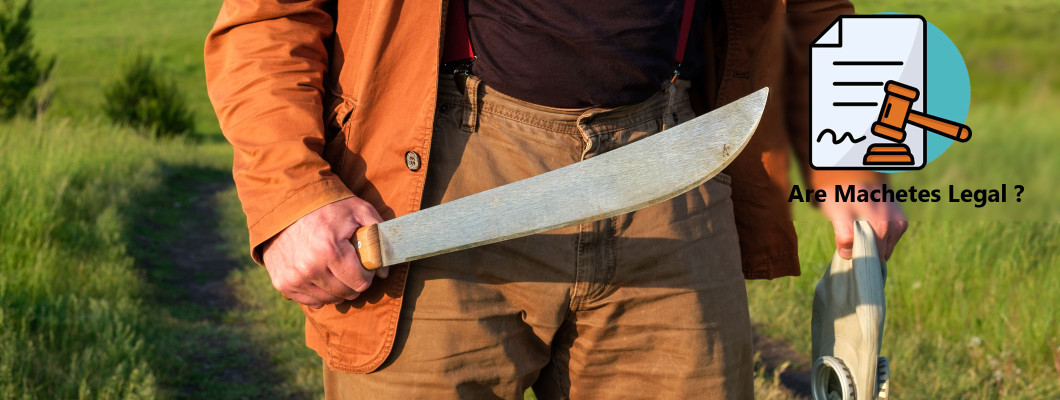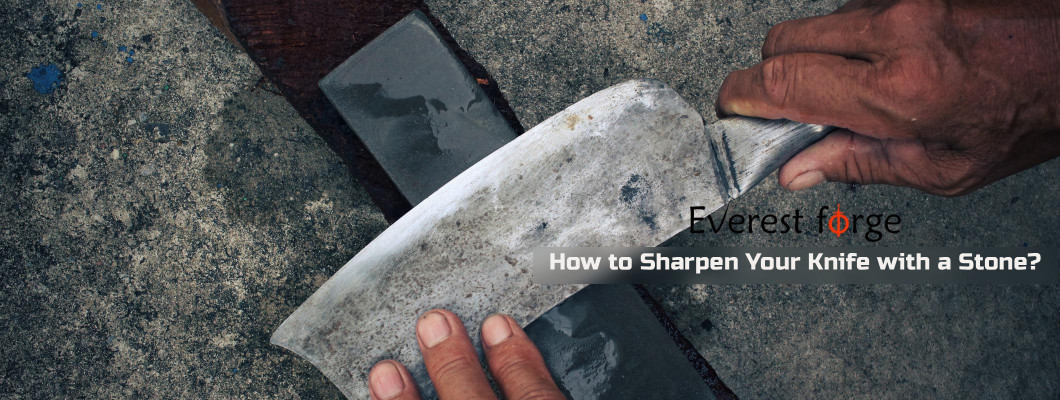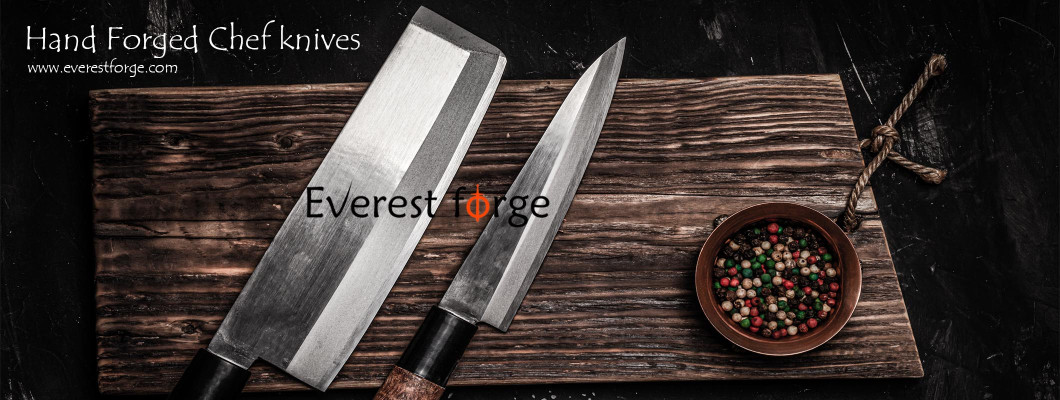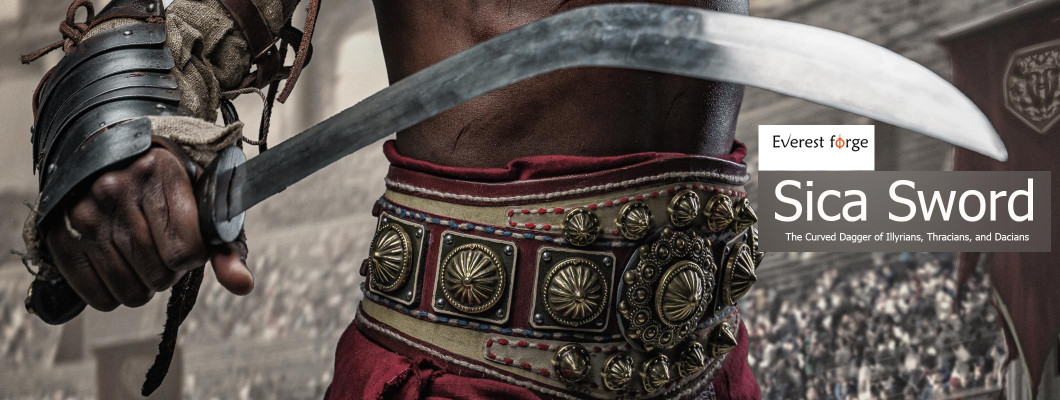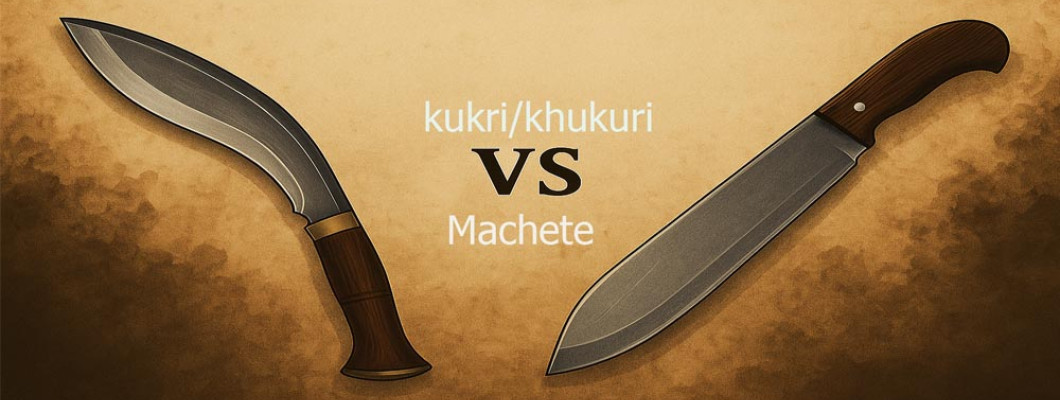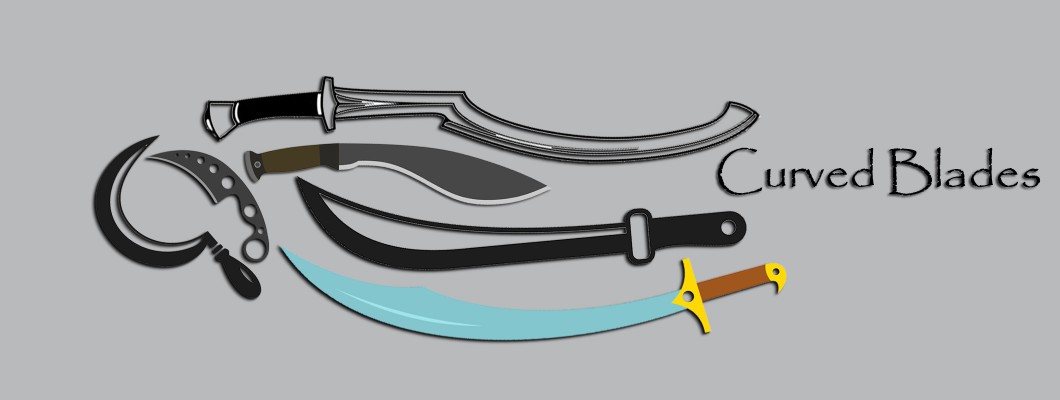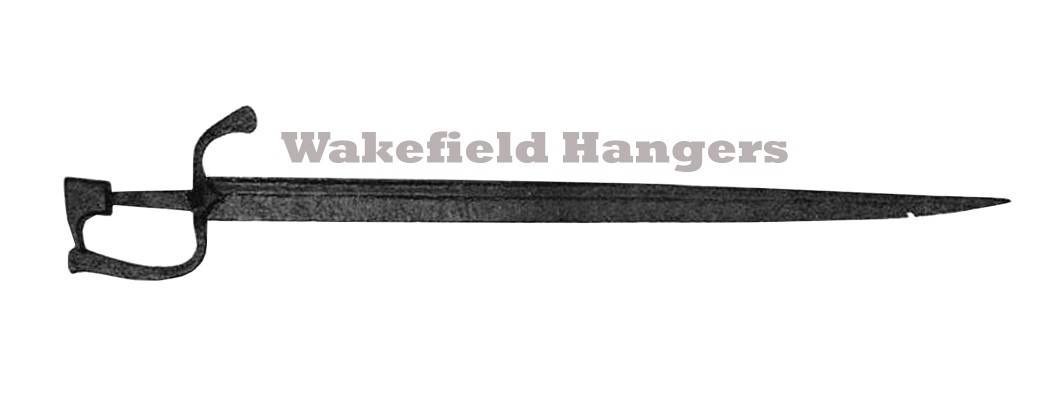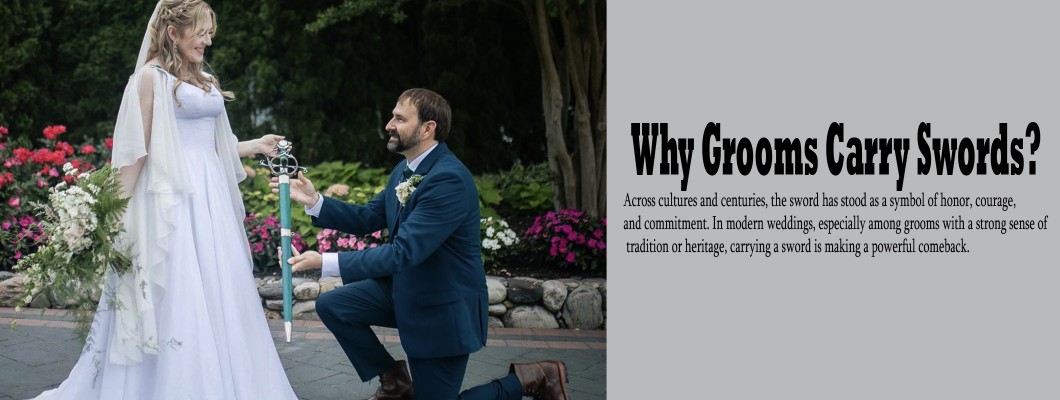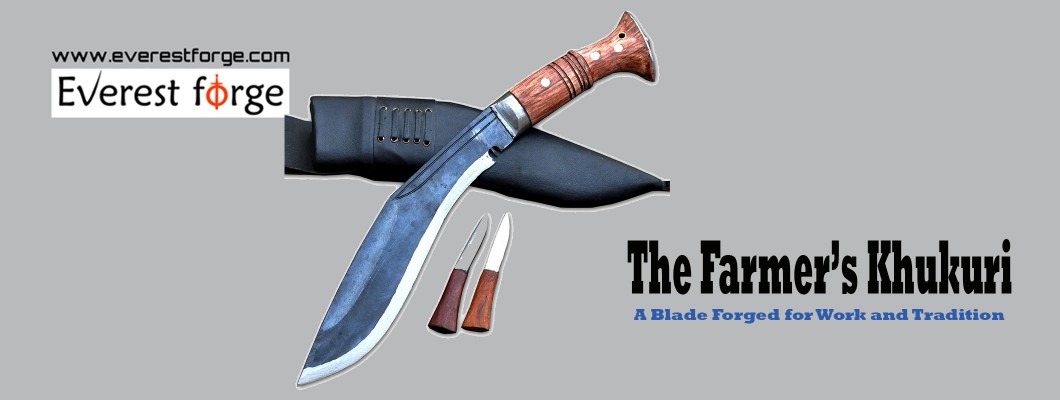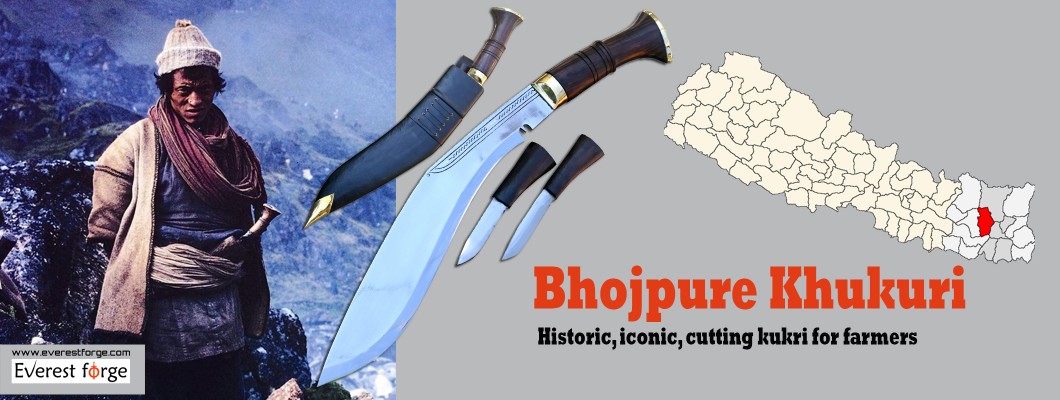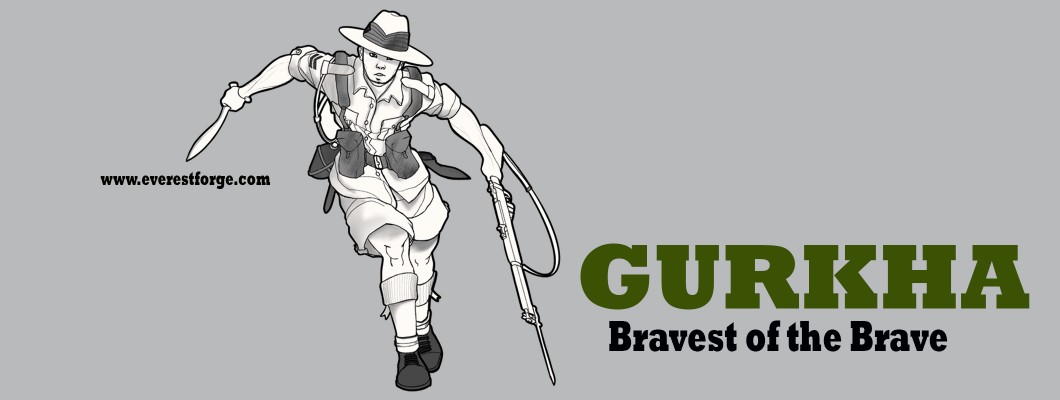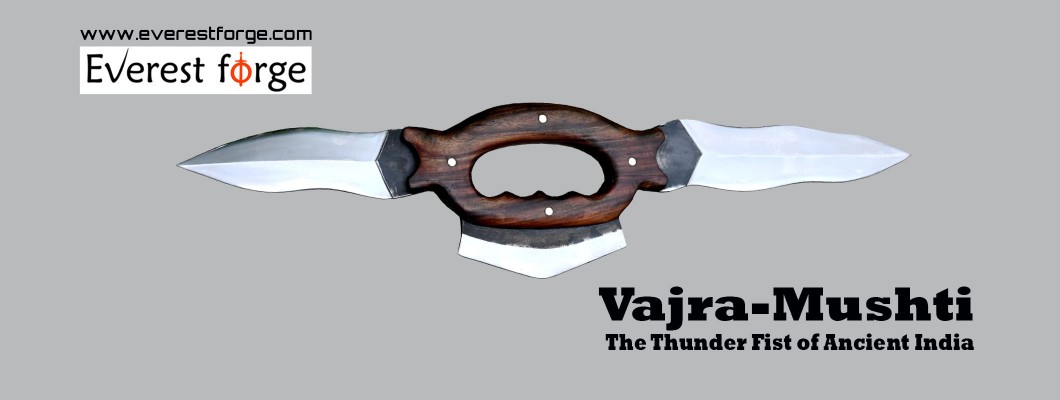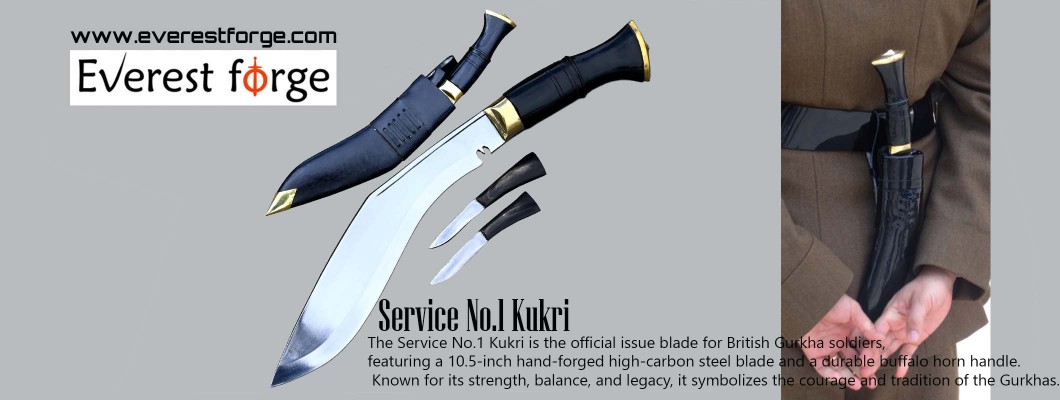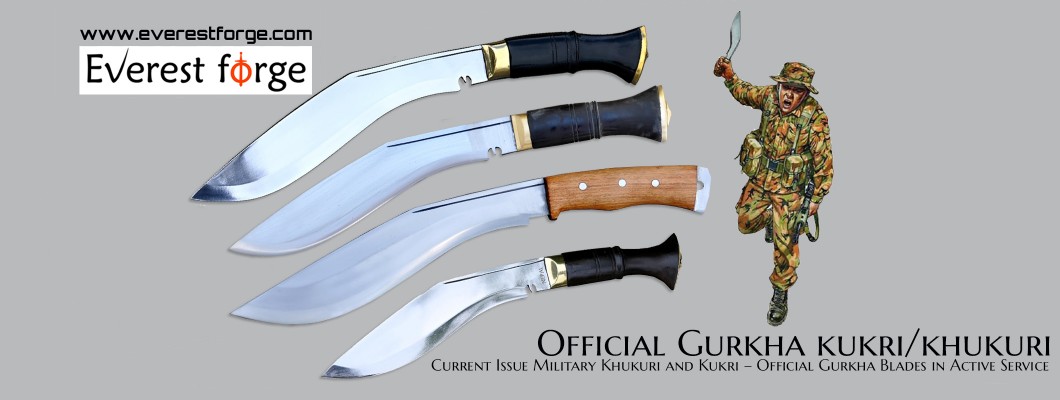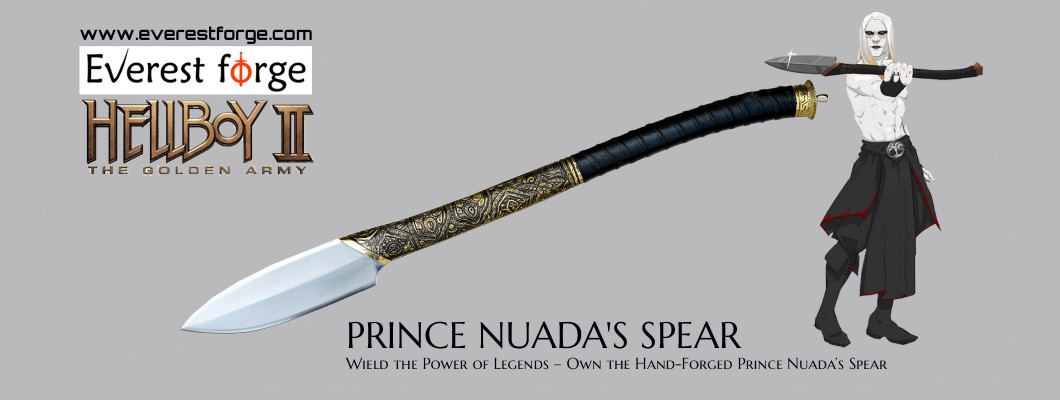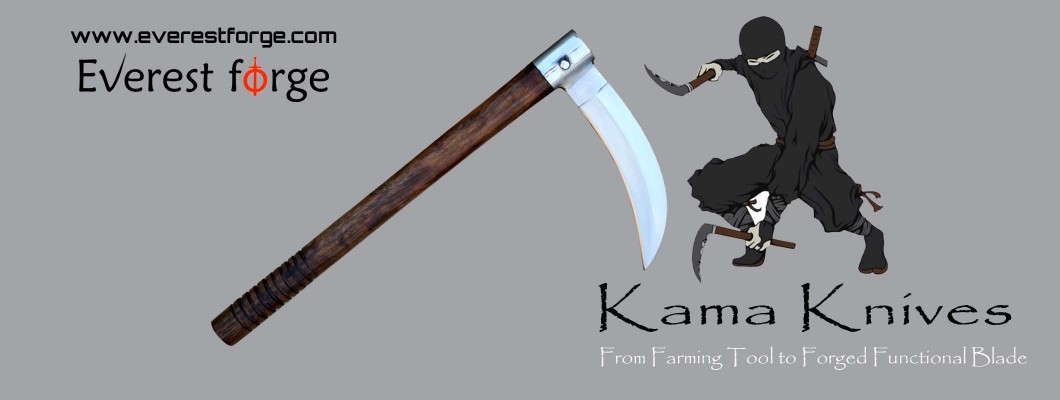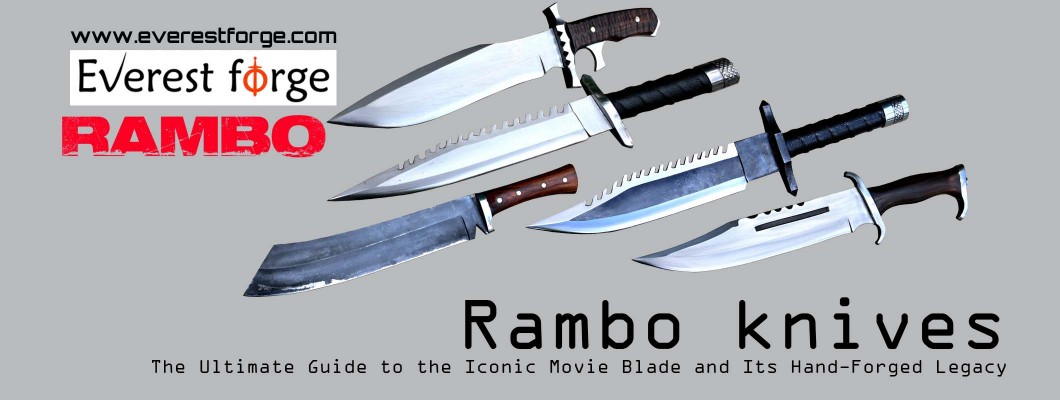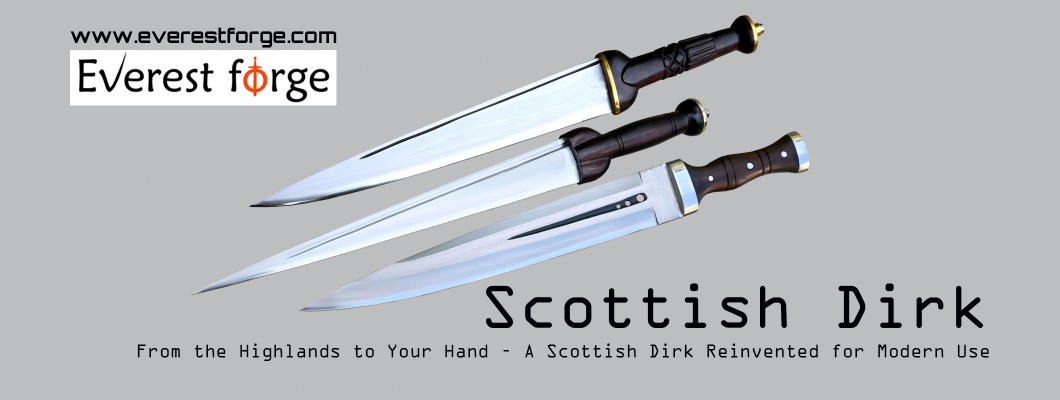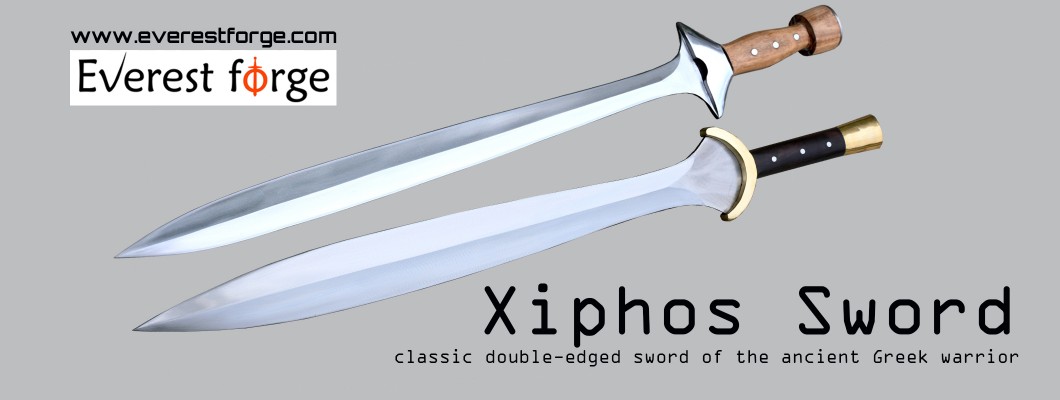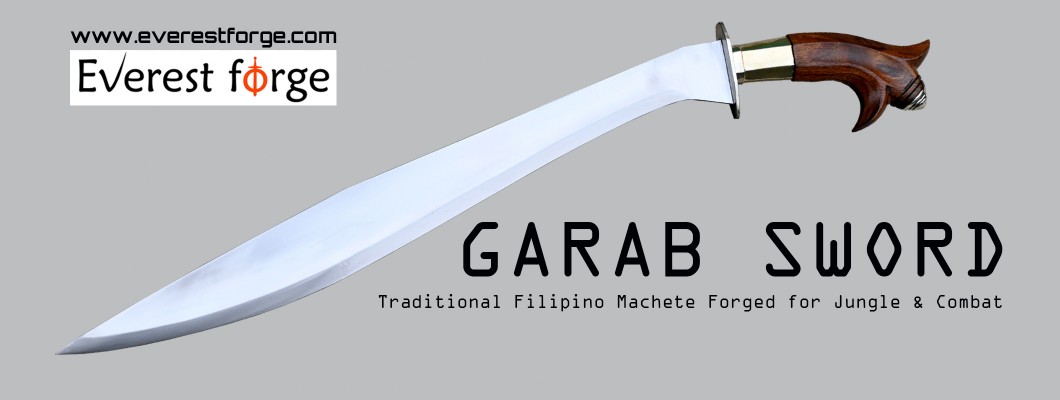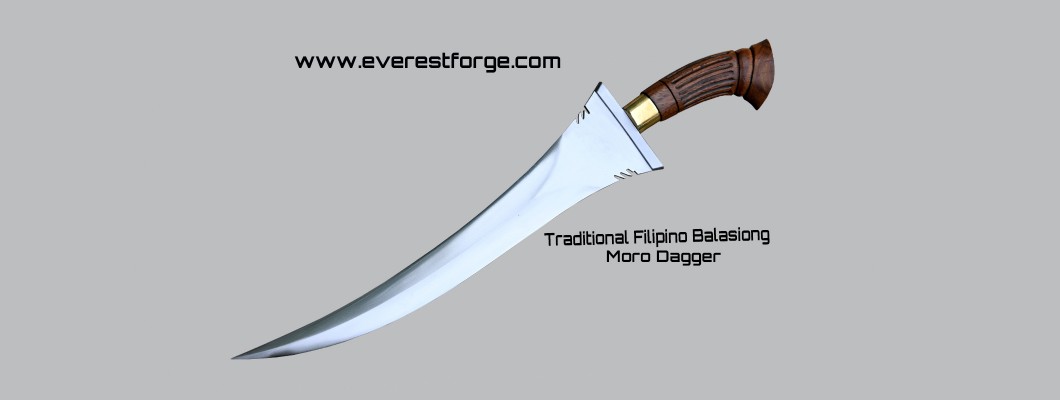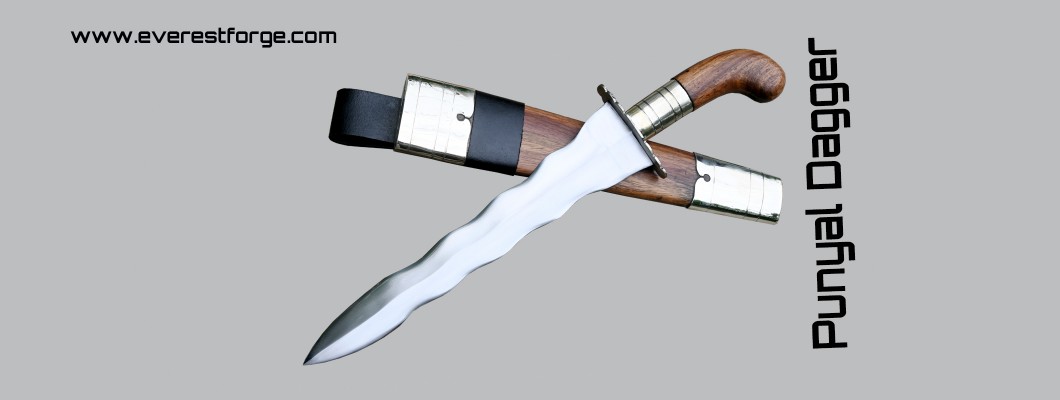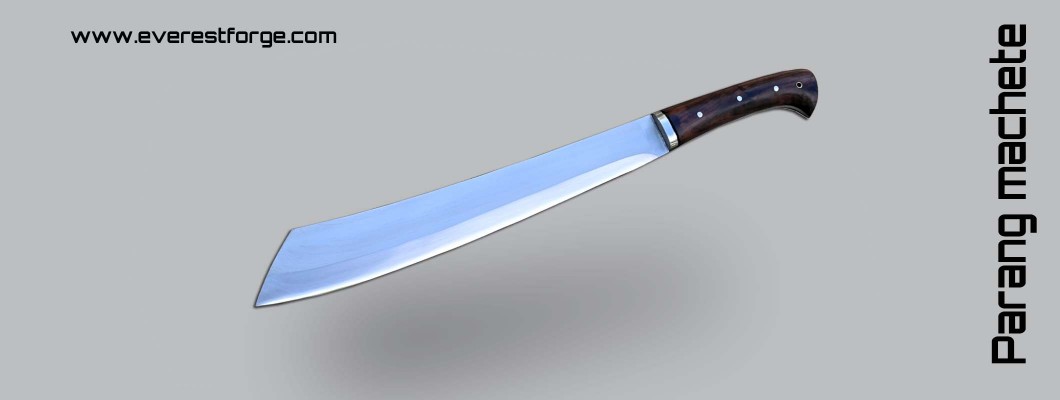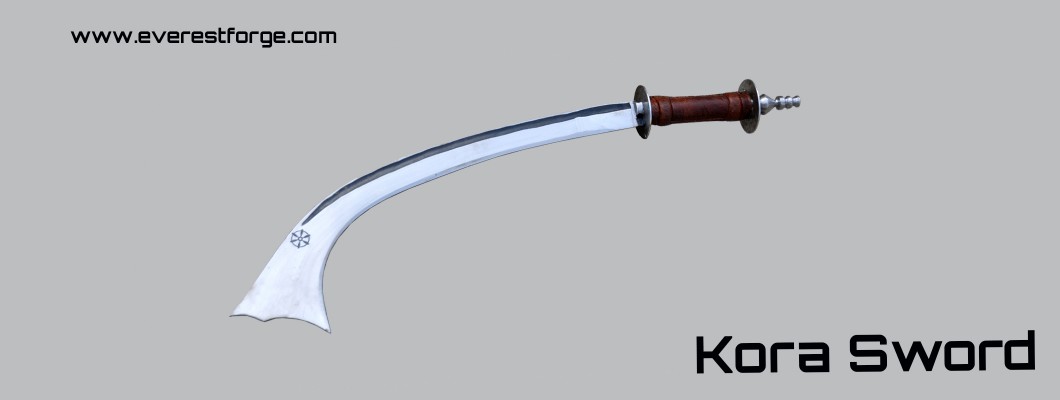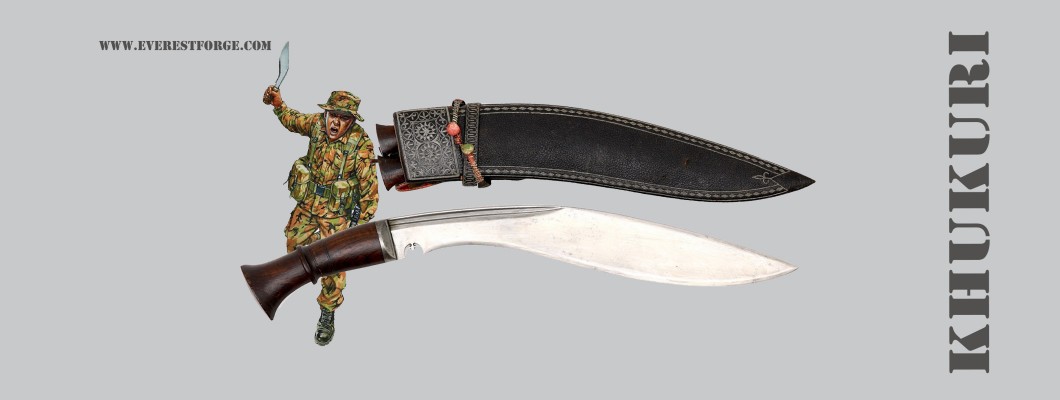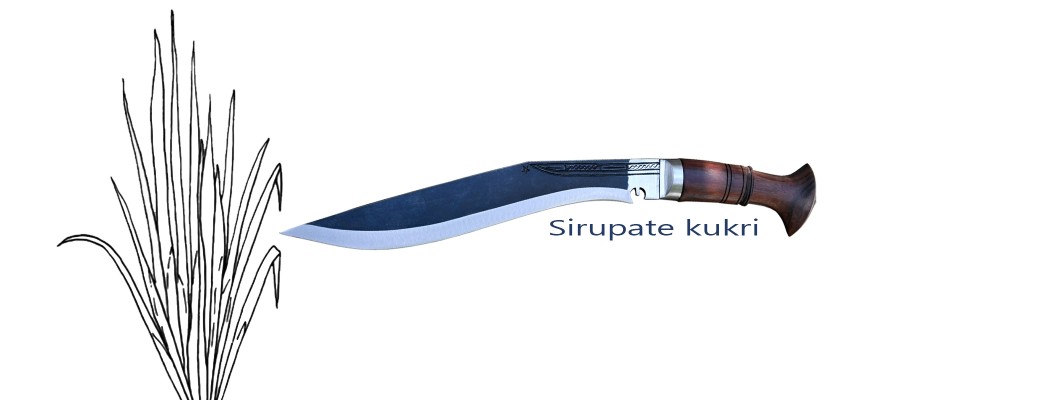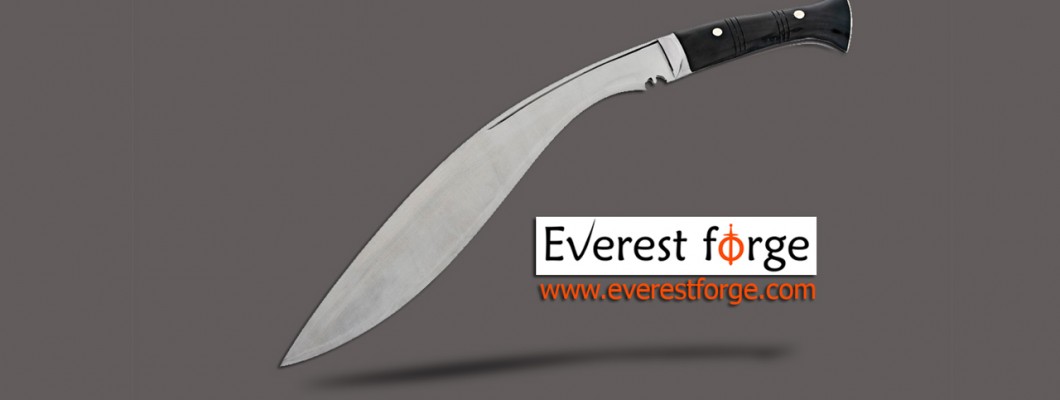Khukuri / Kukri Terminology
The khukuri, also known as the kukri, is more than just a knife. It is a symbol of Nepali heritage and craftsmanship.
Understanding khukuri terminology is essential for collectors and enthusiasts. It helps in appreciating the knife's unique design and cultural significance.
This guide will explore the traditional terms and parts of a khukuri. We'll delve into the blade anatomy, handle, and scabbard.
You'll learn about the kaudi, a distinctive notch with deep meaning. We'll also cover the companion tools, karda and chakmak.
Join us as we uncover the rich language and legacy of the khukuri.
What Is a Khukuri (Kukri)? Origins and Cultural Significance
The khukuri, widely known as the kukri, is a traditional knife from Nepal. This knife is recognized by its distinct curved blade.
The origins of the khukuri trace back to ancient times. It is believed to have evolved from similar blades used throughout Asia.
In Nepali culture, the khukuri holds great symbolic value. It represents bravery, honor, and a warrior's spirit.
Cultural roles of the khukuri:
- Ceremonial use: Frequently used in cultural rituals.
- Military tool: Traditionally carried by Gurkha soldiers.
- Agricultural aid: Practical for chopping and clearing fields.
The khukuri’s design varies across regions. Each style reflects local traditions and needs.
Admired worldwide, the khukuri has become a symbol of Nepal. Its beauty and utility continue to captivate collectors and historians alike.
Essential Parts of a Traditional Nepali Khukuri Knife
Understanding the parts of a khukuri deepens our appreciation for this historic tool. Each component plays a critical role in its functionality and design.
The blade is the heart of the khukuri. It is crafted from high carbon steel, giving it durability and strength. The curvature is what sets it apart from other knives.
At the handle's base, you'll find the tang, which is an extension of the blade inside the handle. This feature ensures stability and balance during use.
Connecting the blade and handle is the bolster, a metal piece that strengthens the knife. It prevents wear and offers more control while using the knife.
The spine runs along the top of the blade. It's the thickest part, adding to the blade's heft and chopping power.
Within the blade, the fuller or groove helps reduce weight while maintaining strength. This detail allows for swift movements and reduced fatigue.
Key parts of a khukuri:
- Blade: The main cutting part.
- Tang: The extension into the handle.
- Bolster: Reinforces the knife's structure.
- Spine: Provides blade strength.
The handle completes the design. Often crafted from wood, horn, or metal, it provides a secure grip. Together, these elements create a tool revered for both beauty and practicality in Nepalese culture.
Blade Anatomy: Key Terms and Features Explained
A thorough look at the khukuri's blade reveals its complex features. Each aspect serves a specific purpose, contributing to the knife's legendary status.
The belly of the blade is the widest section. This part maximizes chopping power and weight distribution.
The tip is sharpened to a fine point. It is ideal for piercing and precision tasks, making the knife versatile.
Near the base of the blade, you'll find the kaudi or cho. This notch often carries symbolic and practical significance, such as representing religious beliefs or preventing structural cracks.
The edge is keenly sharpened for efficiency. It enables the khukuri to slice through various materials with ease.
A feature known as the fuller runs along the blade. It's a groove that lightens the overall weight without compromising strength, enhancing control during use.
Essential blade features:
- Belly: For enhanced chopping ability.
- Tip: For precise cuts.
- Kaudi: Symbolic and practical.
- Edge: Allows easy slicing.
- Fuller: Reduces weight, keeps strength.
Handle and Scabbard: Traditional Terms and Construction
The khukuri's handle is a vital component, contributing to the knife's usability. It is commonly crafted from materials like wood, horn, or metal. Each material offers a unique blend of durability and grip.
A secure grip is essential for handling. The pommel, often made from metal, strengthens the handle's end and aids in balance. It can also be used for striking, enhancing versatility.
The bolster is a metal fixture that joins the blade and handle. It adds strength and stability to this critical junction.
Scabbards are usually crafted from wood, wrapped in leather or metal. They protect the blade while adding to the khukuri's traditional aesthetic.
Important handle and scabbard elements:
- Pommel: Adds balance and striking ability.
- Bolster: For blade-handle junction strength.
- Materials: Wood, horn, metal.
- Scabbard: Wood, leather cover.
The Kaudi (Cho): Meaning and Symbolism
The kaudi, also known as the cho, is a small notch on a khukuri's blade. Its placement is near the base, adding unique character to each knife. The kaudi is not merely decorative; it serves a deeper purpose.
Traditionally, the kaudi is imbued with symbolic significance. Some believe it represents the trident of Shiva, a revered Hindu deity. This connection highlights the khukuri's cultural and spiritual importance.
Functionally, the kaudi helps prevent blood and materials from reaching the handle. This practical aspect ensures a secure grip during use, showcasing the khukuri's thoughtful design.
Companion Tools: Karda and Chakmak
Traditional Nepali khukuris often include two companion tools: the karda and the chakmak. These smaller blades serve distinct purposes, enhancing the khukuri's versatility. Both are usually stored in the khukuri's scabbard.
The karda is a small utility knife. It's perfect for daily tasks that require precision. Its size makes it easy to handle for delicate chores.
In contrast, the chakmak functions as a sharpening tool. Its blunt edge is meant for honing the main blade. The chakmak’s presence ensures the khukuri remains sharp and ready for any task.
- Karda: Utility knife for everyday tasks
- Chakmak: Tool used for sharpening the main blade
Types of Khukuri Blades: Profiles, Designs, and Regional Variations
Khukuri blades are as diverse as their uses. Each type carries unique features tailored to specific tasks. Their profiles often reflect regional traditions and preferences.
Some blades are broad with pronounced bellies. These excel in chopping and clearing tasks. Their weight and shape enhance their cutting power.
Other blades are sleeker with narrower profiles. These are better suited for precise cutting and combat. Their agility allows for swift, controlled movements.
The blade's point can vary dramatically. Some end in sharp, tapering tips for piercing. Others feature rounded tips for a safer utility knife.
Regional styles add another layer of diversity. The Bhojpure khukuri is known for its stout, heavy form. The Sirupate khukuri, on the other hand, is long and slim.
Certain regions favor specific designs for ceremonial purposes. Such blades are often intricately decorated. These khukuris become heirlooms, passed down through generations.
- Broad blades: Ideal for chopping
- Sleek blades: Suitable for precision and speed
- Point variations: Tapered for piercing, rounded for safety
- Bhojpure style: Stout and heavy
- Sirupate style: Long and slender
Traditional and Modern Khukuri Terms: Glossary for Collectors and Enthusiasts
Understanding khukuri terminology enhances appreciation for these iconic knives. Here's a glossary to guide collectors and enthusiasts through both traditional and modern terms:
- Blade: Primary cutting tool
- Kaudi: Notch near the blade's base
- Spine: Thickest part for strength
- Tang: Extends into handle
- Pommel: Handle's end cap
- Fuller: Groove to lighten blade
- Karda: Small utility knife
- Chakmak: Knife for sharpening
- Scabbard: Sheath for storage
How to Identify Authentic Khukuri: Craftsmanship, Materials, and Markings
Identifying an authentic khukuri requires a keen eye for craftsmanship and materials. Handmade in Nepal, genuine khukuris are crafted with skill passed down through generations. The quality of the forge process and traditional crafting techniques highlight authenticity.
Look for high-quality materials such as high carbon steel for blades and natural woods or horn for handles. Authentic pieces often have specific cultural or religious engravings and a well-finished scabbard.
- Craftsmanship: Look for handmade details
- Materials: Traditional steels and natural handle materials
- Markings: Cultural or spiritual engravings
- Fit and Finish: Quality of assembly and polishing
- Origin: Verify the maker’s heritage
Caring for Your Khukuri: Maintenance and Preservation Tips
Proper care ensures your khukuri lasts for years. Regular maintenance prevents rust and keeps the blade sharp. Simple steps like cleaning and oiling can preserve its condition.
- Cleaning: Wipe the blade with a soft cloth after use
- Oiling: Apply oil to prevent rust
- Sharpening: Sharpen regularly with the chakmak
- Storage: Store in a dry place
- Inspection: Regularly check for damage or wear
Conclusion: Appreciating the Language and Legacy of the Khukuri
Understanding khukuri terminology enriches your connection to this unique blade. This knowledge enhances appreciation of its craftsmanship and heritage. The khukuri embodies centuries of Nepali tradition and skill.
Embracing the terms and history allows collectors and enthusiasts to deeply value their khukuri. These timeless tools signify more than utility; they represent culture and identity. The khukuri's story continues to inspire awe and respect around the world.

